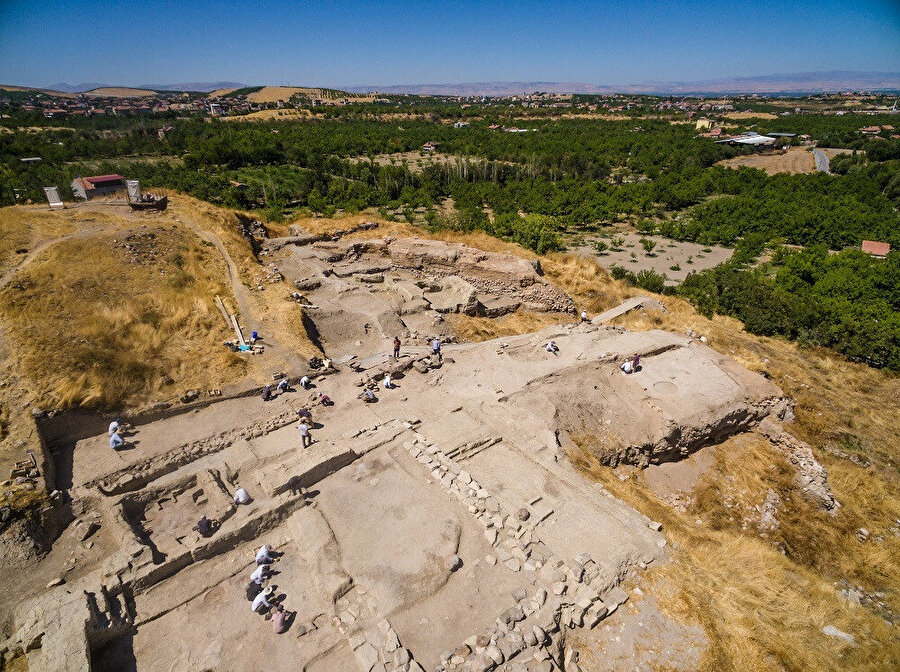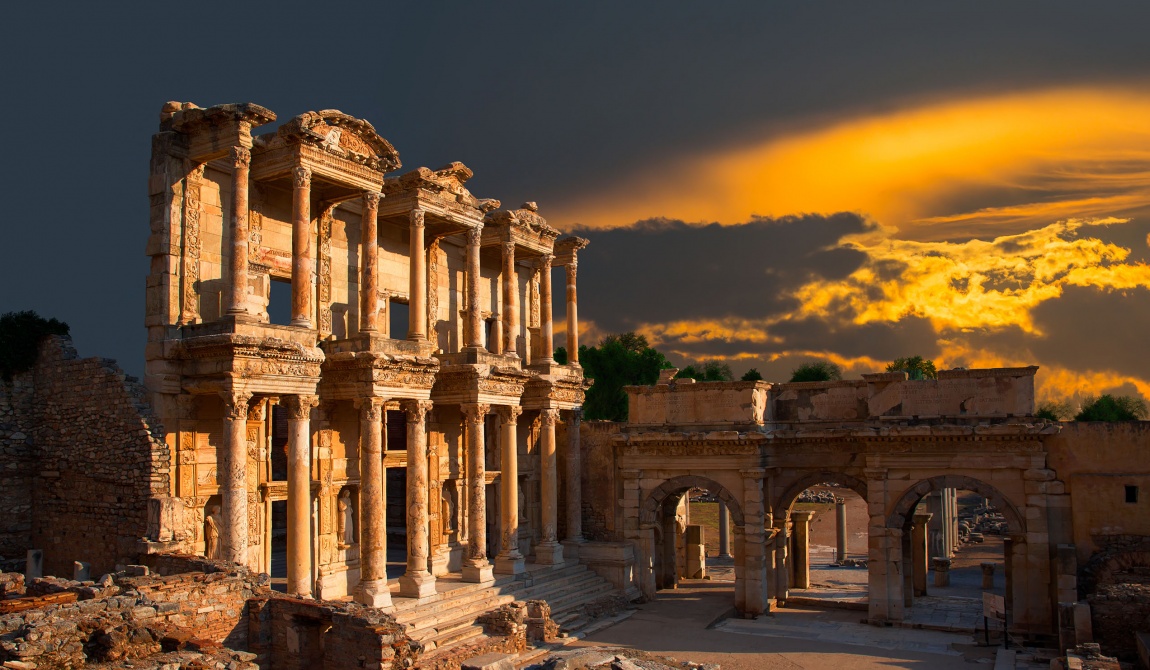 History
HistoryTurkey's Fabulous UNESCO World Heritage Sites Part 2
By SU Magazin / 2022-12-21This is the second part of 19 UNESCO Heritage Sites that have been listed from Turkey so far. These ten sites are inscribed between 2011 to 2021, after the 13 years of a break after the 1998 inscription of the Archaeological Site of Troy. The list is ordered from the oldest to the latest.
Selimiye Mosque and its Social Complex -2011
The Selimiye Mosque complex at Edirne was constructed during the 16th century when the Ottoman Empire was at its peak of military and cultural power. World-renowned Mimar Sinan called Selimiye Mosque his best work, and the mosque represents the highest achievement of Ottoman architecture. The mosque, together with its külliye, was included on UNESCO's World Heritage List in 2011.
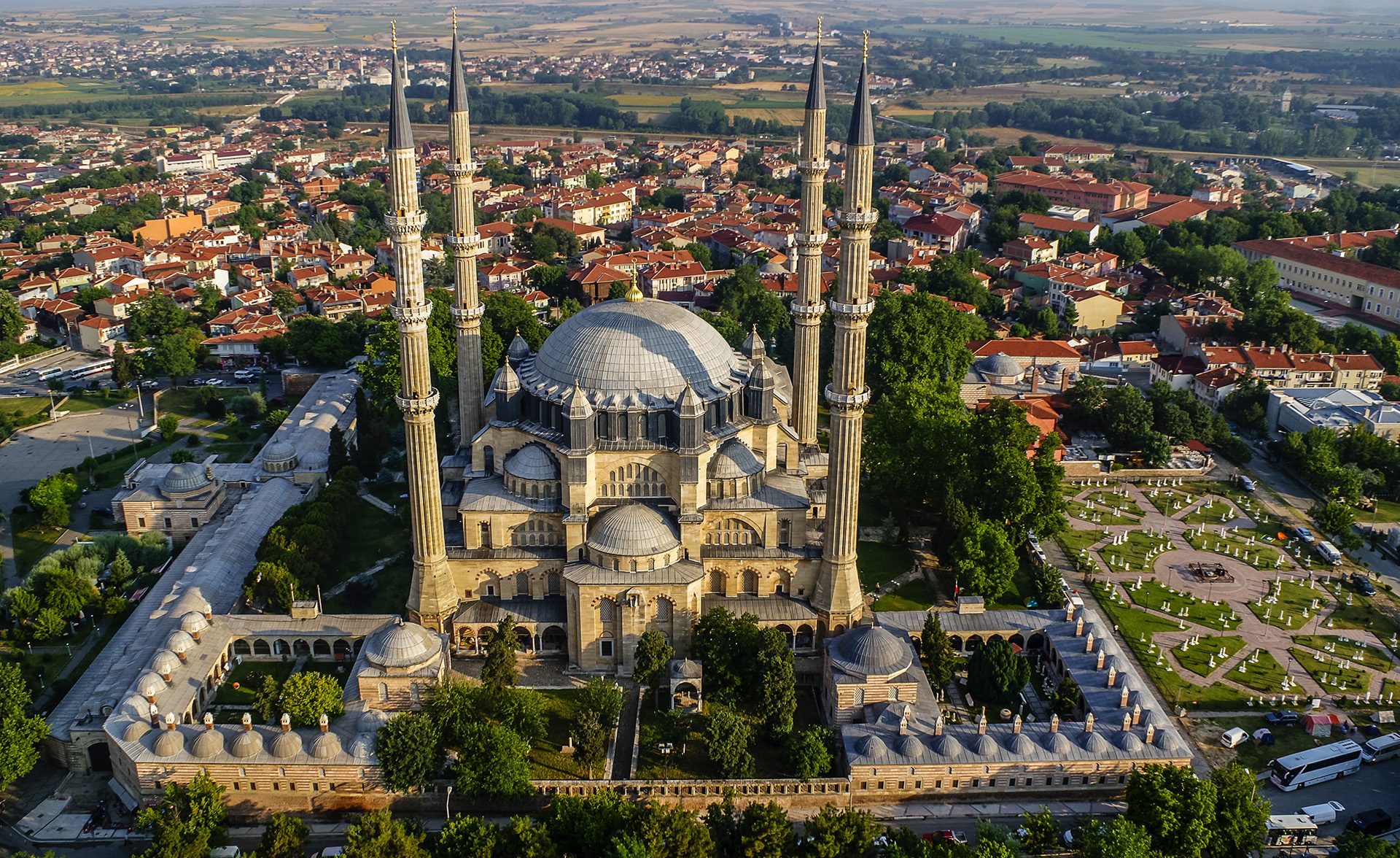
Neolithic Site of Catalhoyuk -2012
Inscribed as a UNESCO World Heritage Site in 2012, Catalhoyuk is among the few examples of well-preserved Neolithic settlements. The Catalhoyuk settlements provide important evidence of the transition from settled villages to urban assemblage. The extensive site was occupied approximately between 7400 BC and 5200 BC and this 2000 years of maintaining the same location sustains crucially important data. Egalitarian urban layout, roof-access dwellings, wall paintings, reliefs, and a unique streetless settlement of clustered houses testify to a proto-urban way of life.
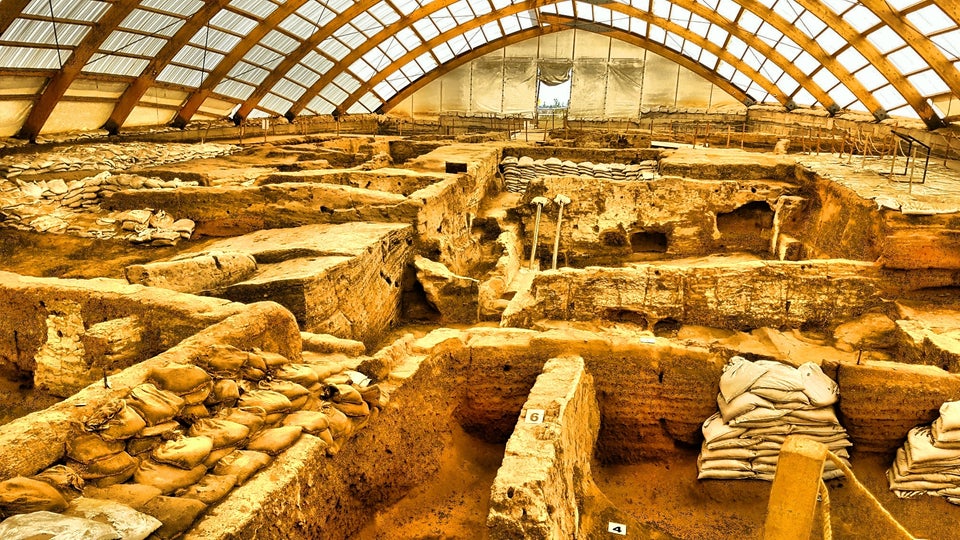
Bursa and Cumalikizik: the Birth of the Ottoman Empire -2014
The first capital of the Ottoman Empire in the 14th century, Bursa, holds importance with its innovative urban planning and the artifacts survived today. The city of Bursa and Cumalikizik Village were inscribed into the UNESCO World Heritage List in 2014 due to their historic importance. Eight components of sites in Bursa and the nearby village of Cumalıkızık make this UNESCO World Heritage Site. These include commercial districts of khans, kulliyes, integrating mosques, religious schools, public baths, and a kitchen for the poor, as well as the tomb of Orhan Ghazi, founder of the Ottoman dynasty and nearby village of Cumalikizik which is a perfect example of the vakıf system and Ottoman architecture.
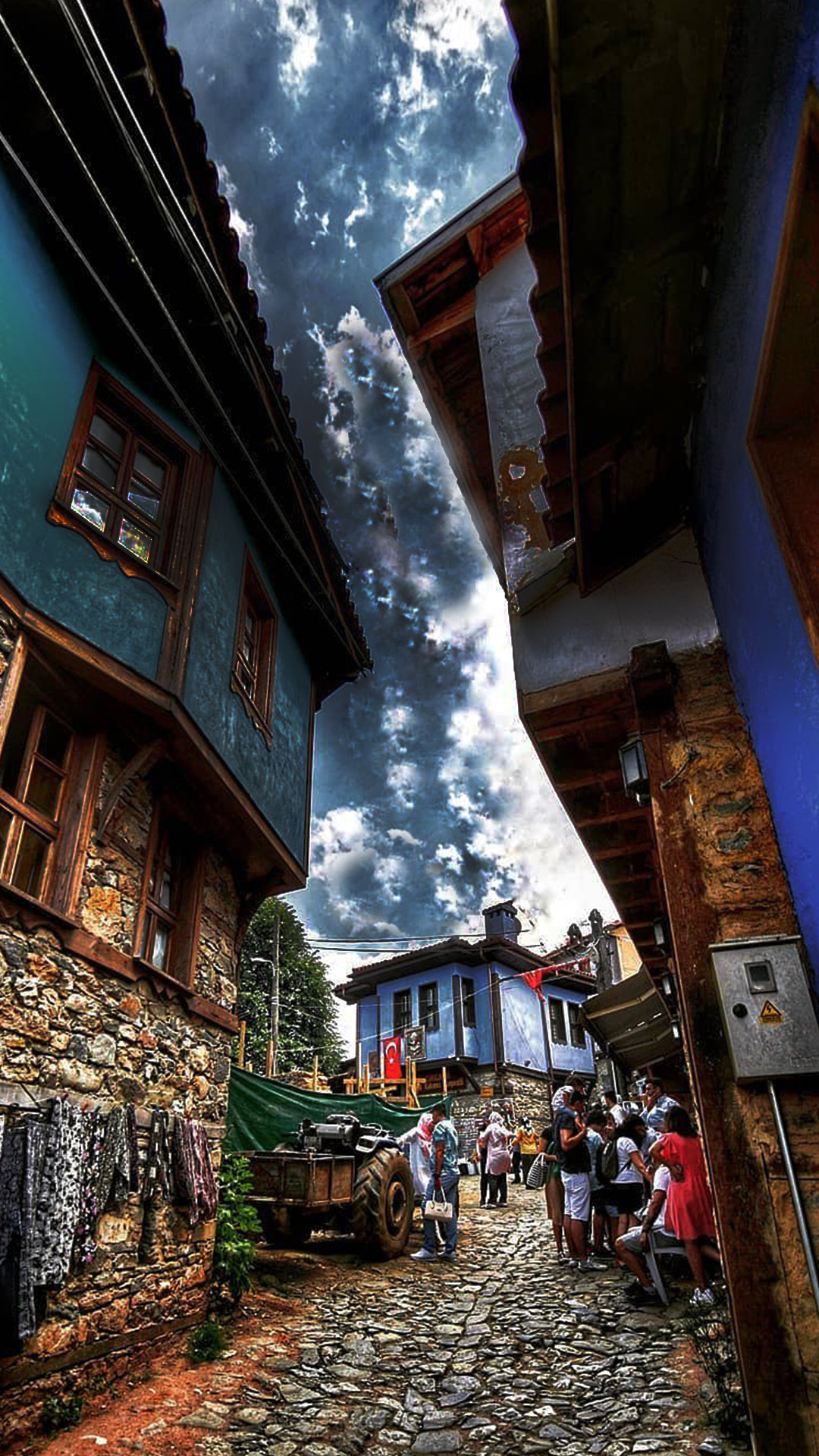
Pergamon and its Multi-Layered Cultural Landscape -2014
Founded in the 3rd century BC above the Bakircay Plain in Turkey's Aegean region, Pergamon was one of the most important cities of the ancient world as a major center of learning and a therapeutic center later on under Roman rule. Monumental temples, theatres, stoa or porticoes, gymnasium, altar, and library were set into the sloping terrain surrounded by an extensive city wall. The acropolis crowns a landscape containing burial mounds and remains of the Roman, Byzantine, and Ottoman empires in and around the town of Bergama on the lower slopes.
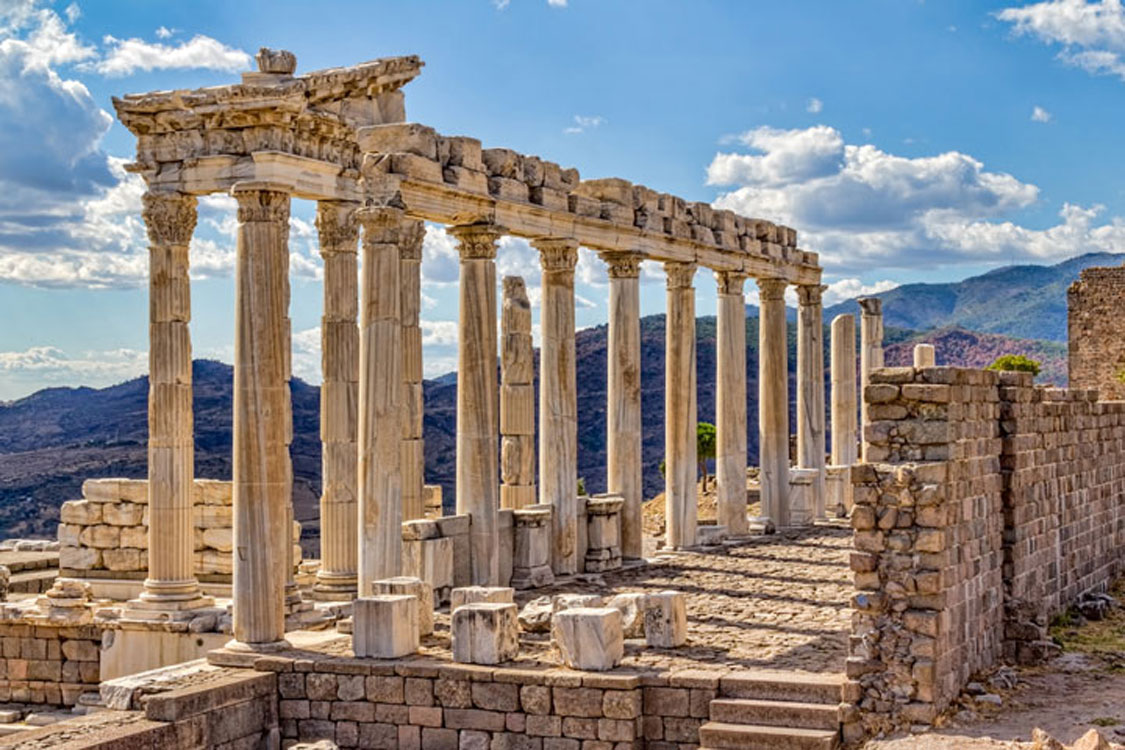
Diyarbakır Fortress and Hevsel Gardens Cultural Landscape -2015
Diyarbakır has been a city of great significance from the Hellenistic period until the present through the Roman, Sassanid, Byzantine, Islamic, and Ottoman times. UNESCO listed Diyarbakir Fortress as a World Heritage Site in 2015 along with Hevsel Gardens. The site contains Diyarbakir's 5.800 km-long city walls, as well as the Hevsel Gardens. The site encompasses the Inner castle, known as Ickale, and includes the Amida Mound, and the city walls of Diyarbakir with their numerous towers, gates, buttresses, 63 inscriptions, and Hevsel Gardens.
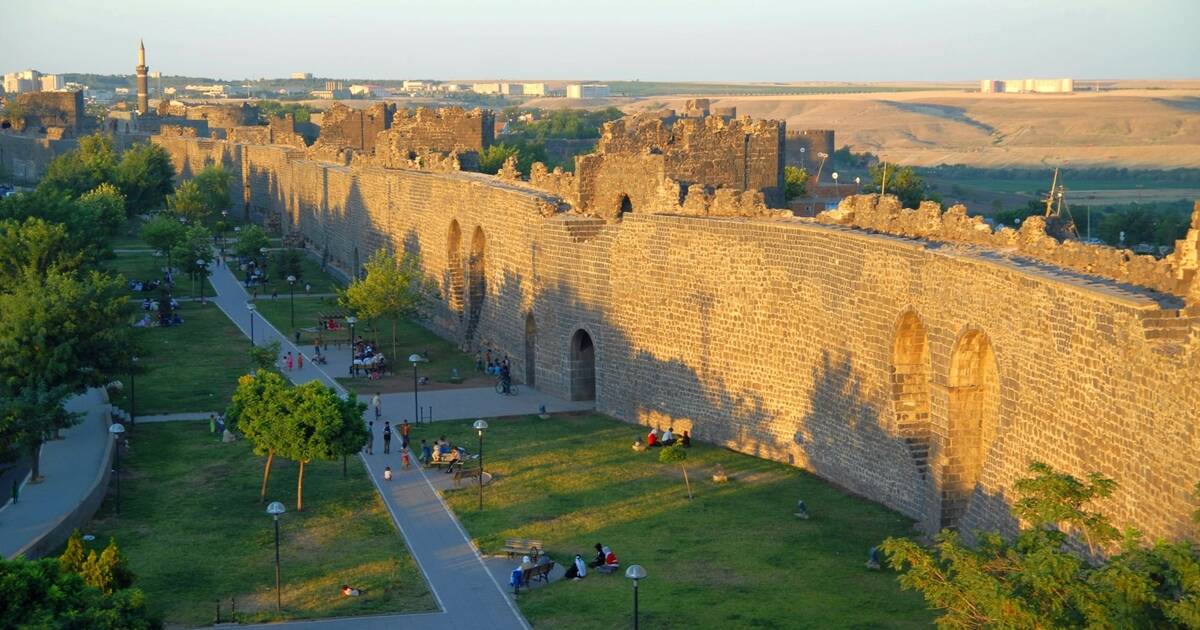
Ephesus -2015
Ephesus comprises successive Hellenistic and Roman settlements. The ancient Greek city was famed for one of the Seven Wonders of the Ancient World, the Temple of Artemis, which unfortunately now lies in ruins. The city contains other monumental structures Roman such as the Library of Celsus and the Great Theatre. The House of the Virgin Mary and the Basilica of St. John became major Christian pilgrimage sites from the 5th century on. The Ancient City of Ephesus is an outstanding example of a Roman port city, with a sea channel and harbor basin. The ruins of Ephesus were included in the UNESCO World Heritage Site in 2015.
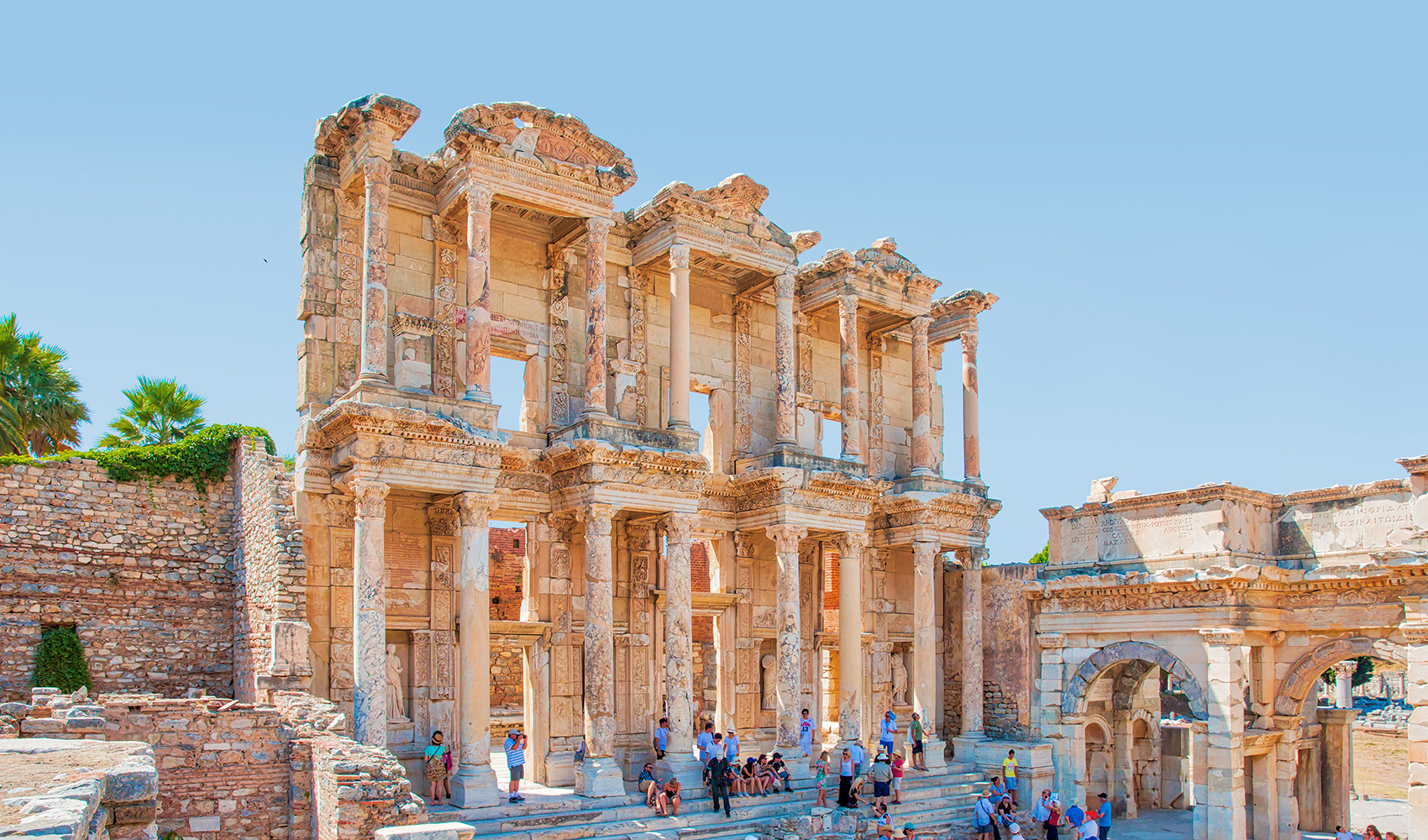
Archaeological Site of Ani -2016
The site of the medieval city of Ani is located on a secluded plateau of northeast Turkey, close to the Armenian border. This medieval city combines residential, religious, and military structures, characteristic of a medieval urbanism built up over the centuries by Christian and then Muslim dynasties. The site presents a comprehensive overview of the evolution of medieval architecture through examples between the 7th and 13th centuries CE and was added to the UNESCO World Heritage List in 2016.

Aphrodisias -2017
The site of Aphrodisias consists of the 3rd-century BCE Temple of Aphrodite and the ancient marble quarries nearby, which were the source of the richnesses of the ancient Greek city. The city streets are arranged around several large civic structures, which include temples, a theatre, an agora, and two bath complexes. Exquisite structures had been built and art produced by its sculptors with the wealth of the marble quarries. In 2017, it was inscribed on the UNESCO World Heritage Site list.

Gobekli Tepe -2018
Dating back to the Pre-Pottery Neolithic age between the 10th and 9th millennium BCE, the site was likely used by hunter-gatherers for ritualistic purposes. distinctive T-shaped pillars (the world's oldest known megaliths) are carved with images of wild animals, providing insight into the way of life and beliefs of people living in Upper Mesopotamia about 11,500 years ago. Gobekli Tepe was designated a UNESCO World Heritage Site in 2018, recognizing its outstanding universal value as one of the first manifestations of human-made monumental architecture. As of 2021, less than 5% of the site had been excavated which makes the site even more valuable.

Arslantepe Mound -2021
Arslantepe Mound is a 30-meter-tall archaeological tell located in the Malatya plain. Archaeological evidence from the site testifies to its occupation from at least the 6th millennium BCE up until the Medieval period. Excavations bring out significant information and evidence from the different ages among the exceptional metal objects and weapons. The most important one among them is the earliest swords known in the world(Early Bronze Age 33rd to 31st centuries), which suggests the beginning of forms of organized combat. Arslantepe Mound entered the UNESCO World Heritage List on July 26, 2021, the latest site inscribed from Turkey.
